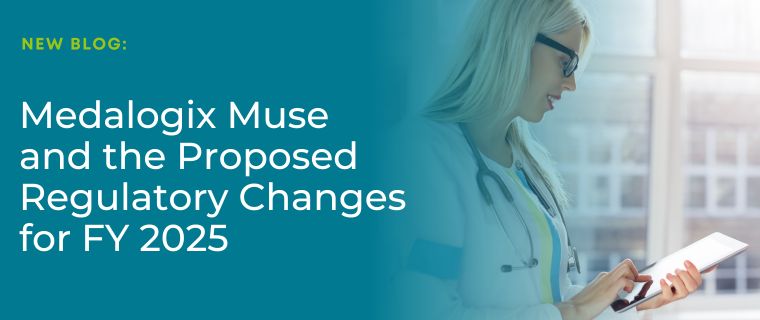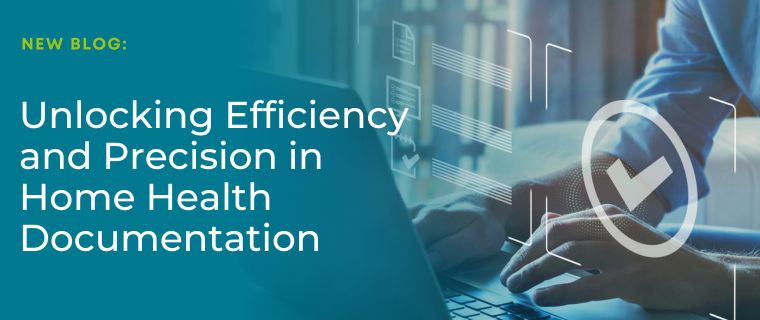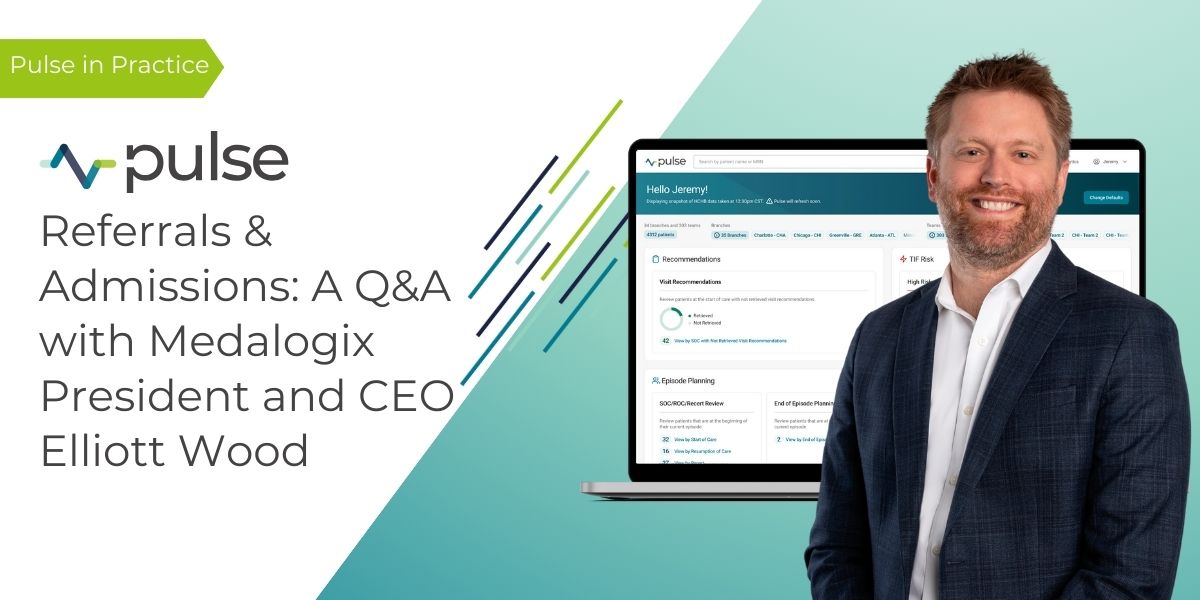Why Analytics is Key to Promoting Shared Decision Making in a Consumer-Driven Healthcare Landscape
By Dr. Michael Fleming, Former Chief Medical Officer of Amedisys and past president of the American Academy of Family Physicians.
I’ve been a physician for 40 years. I’m here to tell you our healthcare system is broken. That’s not necessarily bad news though. Oftentimes a break is the first step in correcting a misaligned structure.
To reset effectively though, we need a solid foundation. Many in the profession say the patient should be at the center of what care quality is. I disagree. The person should be.
A patient is someone who visits a doctor. A patient is a diagnosis. A person is someone who lives, breathes and thinks. A person is much more than a diagnosis. As physicians we need to understand that a patient is a very limited version of a person. A person is only a patient when he or she is sick.
Not only does this mentality shift allow us to think beyond meds, vitals and labs as data points in a person’s overall health picture—after all a person’s daily lifestyle, outside of the physicians office, offers a lot more information into the person’s overall health—but it elevates the person to the physician’s level and enables shared decision making.
Let me take a step back and talk about the old paternalistic care model and the new shared-decision making concept.
Think about visiting the doctor as kid. Most likely you were seated on the doctor’s table, dressed in a paper robe while the physician stood over you, asked you questions and took notes. That’s the old paternalistic model. The person was a patient. The physician was the authority figure.
Today, persons are taking their care plans into their own hands. While internet resources like WebMD and pharmaceutical direct advertising initiated the shift, consumer driven healthcare (CDHC) plans like health savings accounts (HSAs) and health reimbursement accounts (HRAs) have placed patients in the driver’s seat of their health journey. A McKinsey study shows that CDHC patients are twice as likely as patients in traditional plans to ask about cost and three times as likely to choose a less expensive treatment option. Further, and more importantly, studies show that patients who participate in their care achieve better outcomes.
When you add person-centered care and consumer driven healthcare into the overall healthcare equation, you get shared decision making—a collaborative process that allows patients and theirproviders to make health care decisions together, taking into account the best scientific evidence available, as well as the patient’s values and preferences.
A key part of that is, “taking into account the bestscientific evidenceavailable.”
You see, scientific evidence is the facts—it’s not restricted to my experience, education or instinct. When the physician can review bare facts, like real time analytics with a patient, the patient gains knowledge. And, as the old adage says, knowledge is power. This power equips the patient to share in the decision-making.
That doesn’t mean that my experience, education or instinct goes out the window though. Those dimensions are still necessary in reaching the optimal care decision.
For example, from a doctor’s visit perspective, shared decision making looks like the person and the physician sitting side-by-side talking about the physician’s recommendations—based the physician’s experience, education and instinct—and reviewing the relevant unbiased data-driven insights. Equipped with the four dimensions of decision-making—experience, education, instinct and analytics—a person is equipped to share in the decision of his or her healthcare plan.
I say all of this to make my overarching point thatanalytics is key to supporting shared decision making in a consumer-driven healthcare landscape.
The fourth dimension of decision-making, analytics is the latest and greatest dimension being widely applied in healthcare. Data analytics has changed the conventional recommendations for various health ailments. For instance, when I started practice in ’78, to give a patient with heart failure a beta-blocker was malpractice. Now to have a patient with heart failure not on beta-blockers is malpractice. Reviewing the data changed our thinking. Analytics discovered something the human eye missed.
While it’s strengthened healthcare in general by providing fresh insights, data analytics also equips persons with evidenced-based intel to participate in the shared decision making of their healthcare plan.
For instance,Medalogix Touchis a home health software thatanalyzes patient records to predict which persons on a home health census are most likely to be readmitted to the hospital. Clinicians can use this analytics-based info to intervene before the readmission occurs. Additionally though, as a physician I can point my patients toward these analytics-based findings when discussing my care recommendations. Adding empirical evidence to the conversation removes my biases from the conversation and offers more information to the patient.
Being a physician used to be data with a heavy dose of experience, education and insight. Now it’s a heavy dose of data with experience, education and instinct peppered in.
Instead of fighting it, let’s embrace it. Let’s focus on equipping the person with the best information so that together we can all achieve the best outcome. This will ultimately improve care quality while reducing overall costs, which will heal our healthcare system.
*Image fromCincinnati Children’s.
Related Blogs

Medalogix Muse and the Proposed Regulatory Changes for FY 2025
Steven Shelton, MBA, MSN, RN, CHPN; Director, Clinical Services In th...

Unlocking Efficiency and Precision in Home Health Documentation
Home health teams operate in diverse and uncontrolled settings, ranging ...

Pulse Referrals & Admissions: A Q&A with Medalogix President and CEO Elliott Wood
With our new Referrals & Admissions module now available for purchas...


